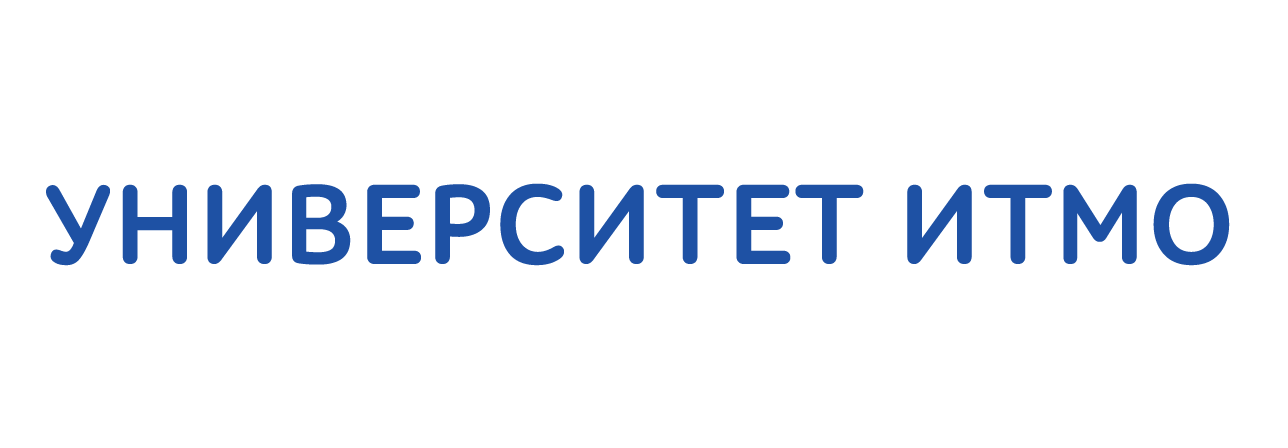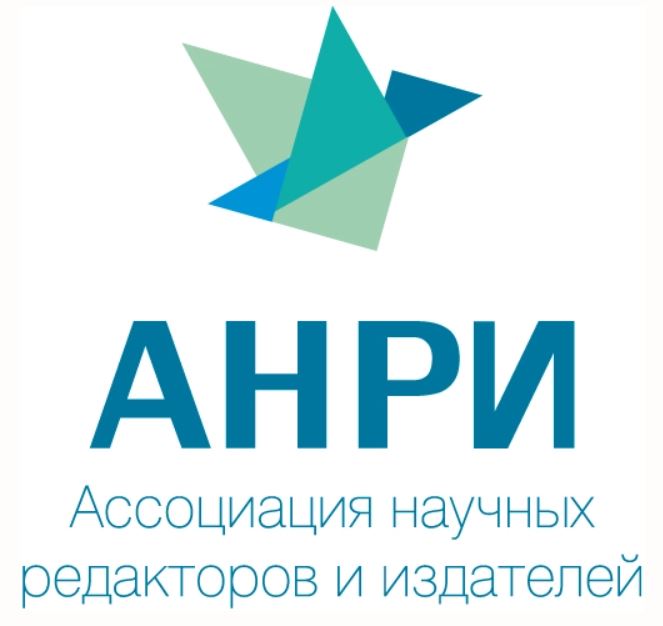Меню
Публикации
2025
2024
2023
2022
2021
2020
2019
2018
2017
2016
2015
2014
2013
2012
2011
2010
2009
2008
2007
2006
2005
2004
2003
2002
2001
Главный редактор

НИКИФОРОВ
Владимир Олегович
д.т.н., профессор
Партнеры
doi: 10.17586/2226-1494-2023-23-1-112-120
УДК 004.912
Программный фреймворк для оптимизации гиперпараметров тематических моделей с аддитивной регуляризацией
Читать статью полностью
Язык статьи - русский
Ссылка для цитирования:
Аннотация
Ссылка для цитирования:
Ходорченко М.А., Бутаков Н.А., Насонов Д.А., Фирулик М.Ю. Программный фреймворк для оптимизации гиперпараметров тематических моделей с аддитивной регуляризацией // Научно-технический вестник информационных технологий, механики и оптики. 2023. Т. 23, № 1. С. 112–120. doi: 10.17586/2226-1494-2023-23-1-112-120
Аннотация
Предмет исследования. Обработка неструктурированных данных, таких как тексты на естественном языке, является одной из актуальных задач при разработке интеллектуальных продуктов. В свою очередь, тематическое моделирование как метод работы с неразмеченными и частично размеченными текстовыми данными активно используется для анализа корпусов документов и создания векторных представлений. В связи с этим особенно важно обучение качественных тематических моделей за короткое время, что возможно с помощью предложенного фреймворка. Метод. Разработанный фреймворк реализует эволюционный подход к оптимизации гиперпараметров моделей с аддитивной регуляризацией и высокими результатами по метрикам качества (когерентность, NPMI). Для уменьшения вычислительного времени представлен режим работы с суррогатными моделями, который обеспечивает ускорение вычислений до 1,8 раз без потери качества. Основные результаты. Эффективность фреймворка продемонстрирована на трех наборах данных с разными статистическими характеристиками. Получены результаты, превосходящие аналогичные решения в среднем на 20 % по когерентности и 5 % по качеству классификации для двух из трех наборов. Создана распределенная версия фреймворка для проведения экспериментальных исследований тематических моделей. Практическая значимость. Полученный фреймворк может быть использован пользователями без специальных знаний в области тематического моделирования, благодаря выстроенному пайплайну работы с данными. Результаты работы могут применяться исследователями для проведения анализа тематических моделей и расширения функционала.
Ключевые слова: AutoML фреймворк, тематическое моделирование, неструктурированные данные, аддитивная регуляризация, эволюционный подход, суррогатные модели
Благодарности. Исследование выполнено при финансовой поддержке Российского научного фонда, проект № 20-11-20270.
Список литературы
Благодарности. Исследование выполнено при финансовой поддержке Российского научного фонда, проект № 20-11-20270.
Список литературы
-
Khanthaapha P., Pipanmaekaporn L., Kamonsantiroj S. Topic-based user profile model for POI recommendations // Proc. of the 2nd International Conference on Intelligent Systems, Metaheuristics Swarm Intelligence. 2018. P. 143–147. https://doi.org/10.1145/3206185.3206203
-
Peña F.J., O'Reilly-Morgan D., Tragos E.Z., Hurley N., Duriakova E., Smyth B., Lawlor A. Combining rating and review data by initializing latent factor models with topic models for Top-N recommendation // Proc. of the 14th ACM Conference on Recommender Systems. 2020. P. 438–443. https://doi.org/10.1145/3383313.3412207
-
Sokhin T., Butakov N. Semi-automatic sentiment analysis based on topic modeling // Procedia Computer Science. 2018. V. 136. P. 284–292. https://doi.org/10.1016/j.procs.2018.08.286
-
Nevezhin E., Butakov N., Khodorchenko M., Petrov M., Nasonov D. Topic-driven ensemble for online advertising generation // Proc. of the 28th International Conference on Computational Linguistics. 2020. P. 2273–2283. https://doi.org/10.18653/v1/2020.coling-main.206
-
Zamiralov A., Khodorchenko M., Nasonov D. Detection of housing and utility problems in districts through social media texts // Procedia Computer Science. 2020. V. 178. P. 213–223. https://doi.org/10.1016/j.procs.2020.11.023
-
Shi T., Kang K., Choo J., Reddy C.K. Short-text topic modeling via non-negative matrix factorization enriched with local word-context correlations // Proc. of the World Wide Web Conference (WWW 2018). 2018. P. 1105–1114. https://doi.org/10.1145/3178876.3186009
-
Hofmann T. Probabilistic latent semantic indexing // Proc. of the 22nd Annual International ACM SIGIR Conference on Research and Development in Information Retrieval (SIGIR '99). 1999. P. 50–57. https://doi.org/10.1145/312624.312649
-
Blei D.M., Ng A.Y., Jordan M.I. Latent Dirichlet allocation // Journal of Machine Learning Research. 2003. V. 3. P. 993–1022.
-
Vorontsov K., Potapenko A., Plavin A. Additive regularization of topic models for topic selection and sparse factorization // Lecture Notes in Computer Science. 2015. V. 9047. P. 193–202. https://doi.org/10.1007/978-3-319-17091-6_14
-
Card D., Tan C., Smith N.A. Neural models for documents with metadata // Proc. of the 56th Annual Meeting of the Association for Computational Linguistics (Volume 1: Long Papers). 2018. P. 2031–2040. https://doi.org/10.18653/v1/p18-1189
-
Cao Z., Li S., Liu Y., Li W., Ji H. A novel neural topic model and its supervised extension // Proceedings of the AAAI Conference on Artificial Intelligence. 2015. V. 29. N 1. P. 2210–2216. https://doi.org/10.1609/aaai.v29i1.9499
-
Bianchi F., Terragni S., Hovy D. Pre-training is a hot topic: Contextualized document embeddings improve topic coherence // Proc. of the 59th Annual Meeting of the Association for Computational Linguistics and the 11th International Joint Conference on Natural Language Processing (Volume 2: Short Papers). 2021. P. 759–766. https://doi.org/10.18653/v1/2021.acl-short.96
-
Ye J., Jing X., Li J. Sentiment Analysis Using Modified LDA // Lecture Notes in Electrical Engineering. 2018. V. 473. P. 205–212. https://doi.org/10.1007/978-981-10-7521-6_25
-
Bodrunova S., Koltsov S., Koltsova O., Nikolenko S., Shimorina A. Interval semi-supervised LDA: Classifying needles in a haystack // Lecture Notes in Computer Science. 2013. V. 8265. P. 265–274. https://doi.org/10.1007/978-3-642-45114-0_21
-
Řehůřek R., Sojka P. Software framework for topic modelling with large corpora // Proc. of the LREC 2010 Workshop on New Challenges for NLP. 2010. P. 45–50.
-
Terragni S., Fersini E., Galuzzi B.G., Tropeano P., Candelieri A. OCTIS: Comparing and optimizing topic models is simple! // Proc. of the 16th Conference of the European Chapter of the Association for Computational Linguistics: System Demonstrations. 2021. P. 263–270. https://doi.org/10.18653/v1/2021.eacl-demos.31
-
Khodorchenko M., Butakov N. Developing an approach for lifestyle identification based on explicit and implicit features from social media // Procedia Computer Science. 2018. V. 136. P. 236–245. https://doi.org/10.1016/j.procs.2018.08.262
-
Vorontsov K., Frei O., Apishev M., Romov P., Dudarenko M. BigARTM: Open source library for regularized multimodal topic modeling of large collections // Communications in Computer and Information Science. 2015. V. 542. P. 370–381. https://doi.org/10.1007/978-3-319-26123-2_36
-
Khodorchenko M., Teryoshkin S., Sokhin T., Butakov N. Optimization of learning strategies for ARTM-based topic models // Lecture Notes in Computer Science. 2020. V. 12344. P. 284–296. https://doi.org/10.1007/978-3-030-61705-9_24
-
Khodorchenko M., Butakov N., Sokhin T., Teryoshkin S. Surrogate-based optimization of learning strategies for additively regularized topic models // Logic Journal of the IGPL. 2022. https://doi.org/10.1093/jigpal/jzac019
-
Röder M., Both A., Hinneburg A. Exploring the space of topic coherence measures // Proc. of the Eighth ACM International Conference on Web Search and Data Mining (WSDM’15). 2015. P. 399–408. https://doi.org/10.1145/2684822.2685324
-
Newman D., Noh Y., Talley E., Karimi S., Baldwin T. Evaluating topic models for digital libraries // Proc. of the 10th Annual Joint Conference on Digital Libraries (JCDL’10). 2010. P. 215–224. https://doi.org/10.1145/1816123.1816156
















